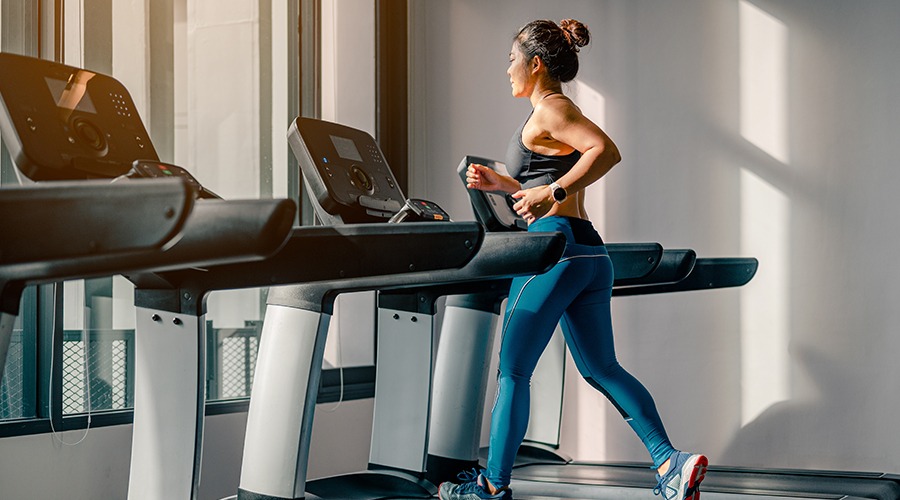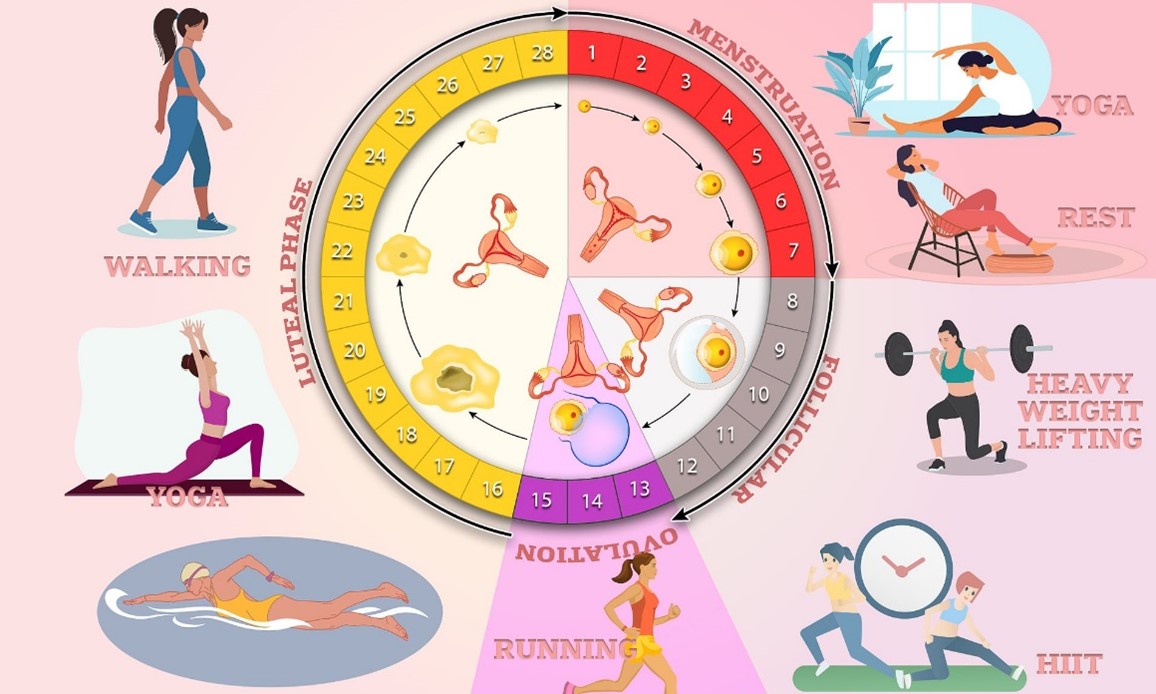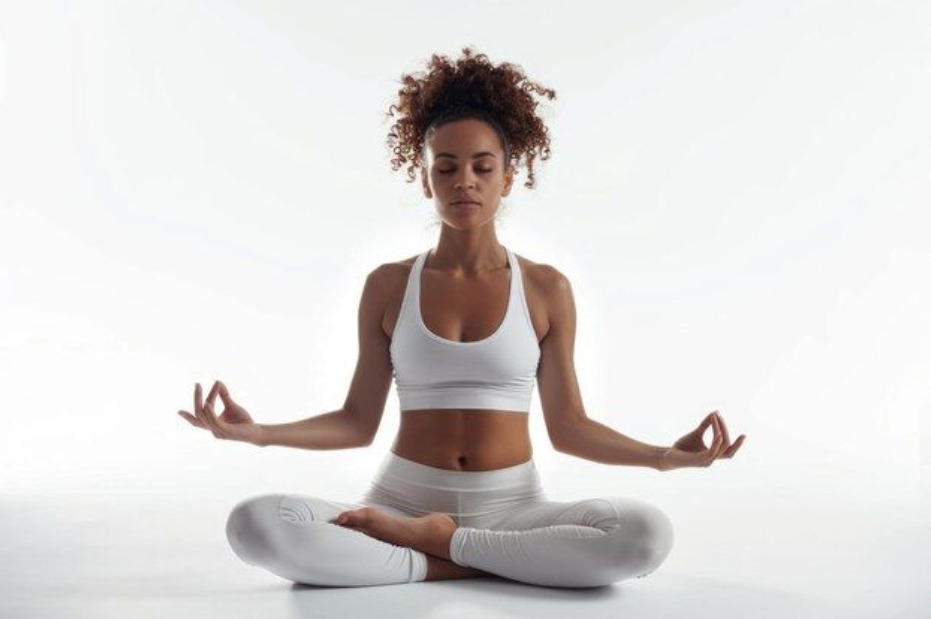
March 1, 2025
“How Daily Exercise Impacts Your Menstrual Cycle”

Sahithi
Have you ever wondered if your workout routine could be influencing your menstrual cycle? Whether you're a fitness fanatic or just starting out, understanding how exercise impacts your period is crucial for optimizing both your health and fitness goals. Let's dive into the science, stats, and actionable tips to help you make informed decisions about your workouts and menstrual health!
The Positive Impact of Exercise on Your Menstrual Cycle
Exercise isn't just about getting fit—it can transform how you experience your period. Here's how:

Reduced Menstrual Pain
- • A 2018 study found that women who exercised for 30 minutes, 3 days per week, for 8 weeks experienced significantly less menstrual pain compared to those who didn't exercise.
- • Activities like walking or yoga increase blood flow and release endorphins, which act as natural painkillers.
Better Mood and Energy
PMS symptoms like mood swings and fatigue are reduced when you stay active. Exercise boosts serotonin and dopamine levels, helping you feel more energized and less irritable.
More Regular Cycles
Moderate physical activity balances hormones like estrogen and progesterone, promoting a predictable cycle length (usually 28–35 days). Women who exercise regularly report fewer irregular periods compared to sedentary individuals.
Lighter Flow and Less Bloating
Regular movement reduces prostaglandin levels (chemicals responsible for heavy flow), leading to lighter periods over time.

When Exercise Goes Too Far: The Risks of Overtraining
While exercise has its perks, overdoing it can harm your menstrual health. Here's what happens when you push too hard:
Irregular or Missed Periods
Up to 80% of women who exercise vigorously experience menstrual dysfunctions like amenorrhea (missed periods) or oligomenorrhea (infrequent periods). This is often due to caloric deficits or stress on the hypothalamus, which disrupts hormone regulation.
Delayed Menarche in Adolescents
Girls involved in intense physical activity may experience delayed menarche (average onset at 14 years for athletes vs. 12.5 years for non-athletes).
Ovulation Problems
Heavy exercisers (>60 minutes/day) are at higher risk of anovulation (absence of ovulation), which affects fertility. However, moderate exercise (30–60 minutes/day) can actually reduce this risk in overweight women with PCOS.
How to Sync Your Workouts with Your Cycle
Your menstrual cycle isn't constant—it has phases that affect your energy levels and performance. Here's how to align your workouts with these changes:

Menstrual Phase (Days 1–5)
Feeling tired or crampy? Stick to gentle activities like yoga, walking, or stretching. These exercises improve circulation and reduce discomfort without overexertion.
Follicular Phase (Days 6–14)
This is your power phase! Rising estrogen levels boost energy and endurance, making it the perfect time for cardio, HIIT, or strength training.
Ovulation Phase (Around Day 14)
With peak estrogen levels, high-intensity workouts like running or weightlifting are ideal. Be cautious though—joint stability may be lower during this phase.
Luteal Phase (Days 15–28)
As progesterone rises, energy dips slightly. Focus on restorative exercises like pilates or low-impact cardio to stay active while honoring your body's need for rest.
The Stats Speak: Why Exercise Matters for Menstrual Health
Let's look at some eye-opening numbers:
- • Women aged 18–35 years benefit the most from regular exercise in managing cramps, mood swings, and irregular cycles.
- • High school girls burning over 750 kcal/week through physical activity tend to have longer cycles (+2.4 days) compared to less active peers.
- • Up to 27% of women engaging in heavy physical activity report irregular menstruation patterns.
- • Moderate exercise reduces PMS symptoms by up to 30%, according to studies published in the Journal of Women's Health.

Ready to optimize both your fitness and menstrual health? Visit our CycleSync Blog for more expert-backed insights, tips, and tools tailored just for you! Don't forget to share this post with friends!!